In my bucket list entitled ‘Things To Do As A Photographer Before I Die,’ shooting a marriage sits in pole position.
I’ve photographed my children since their birth. I have the good fortune to shoot my favorite sport (boxing) regularly and have even documented a salsa band on tour in my town but for a variety of reasons, the opportunity to be the principal photographer at a wedding always seemed to escape me.
Not any more!
This month, I photographed my first wedding and I share with you now my experience in the hope that you may find it useful.
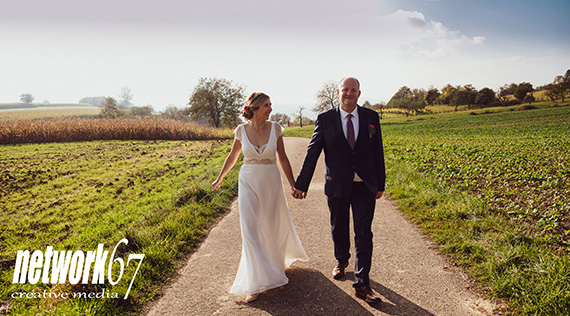
Equipment
I’ve been a videographer for more than a decade but nevertheless, it was no easy task to decide on the photographic equipment needed for a medium sized wedding of around 80 people.
As a Nikon photographer, I settled on my D750 as the workhorse because of its satisfactory autofocus and overall reliability in lowlight environments. I matched this camera with a Tamron 24-85mm F2.8 lens.
I paired a comparatively slow but still enviable Nikon D810 with 35mm and 85mm prime lenses, in the hope of getting some gorgeous images in my single and group portraits and completed my photo armoury with the irresistible D4 and a 70-200mm zoom.
These tools joined a Nikon 16-35mm zoom and a Panasonic GH4, with a 25mm, 60mm and fish eye lens in three bags – a low-priced stroller, a messenger bag and a backpack.
I know… total overkill but I wanted range, flexibility and maximum reactivity in any given situation and accepted that my back and shoulders would pay the price of my ambition!
The stroller contained four flashes, a flash battery pack, two sets of flash triggers, macro adjustment lenses, a ND filter and spare batteries for each of the cameras.
In addition, I packed the car with light-weight flash stands, assorted diffusers and fabrics and a large fold away white screen to use for off-camera bounce flash work.
With hindsight, using my double camera harness would have made it easier to move around the venue. I was lucky that the marriage ceremony allowed flash photography. I completely forgot that the additional reason that I’d brought the mirrorless camera, with its silent shutter capability, was for macro shots of the ring. A two bag limit really does allow for the better oversight and deployment of resources.
My most important equipment piece however would not be considered as crucial to the photographic endeavor, nor would it ever be included in a Youtuber’s list of desirables. Yes … I am indebted to my sturdy walking boots for helping me through what was a long and arduous 19 hour day.
A point of counsel on wedding photography attire. On location, the Youtubers I watched look natty and gorgeous – take a bow Vanessa Joy and John Branch.
I followed their sartorial cues as best I could, opting for a tie (appreciated by the bride), smartish work trousers and a long-sleeved white shirt. Walking boots shouldn’t have had any place in such an ensemble but I understood that I would be on my feet for much of the day and so was ready to make the concession and offend the fashion police accordingly. I’m delighted to have so done!
Approach
The symbolic importance of the occasion, the client’s financial and emotional investment and the desire of the photographer to deliver memorable souvenirs should have all parties working from the same script, in pursuit of the same objective.
Yet every professional photographer will have heard the stories about ‘Bridezilla’ and her curmudgeon groom, the cognitively dissonant ‘clients from hell,’ who are never satisfied, quibble and haggle endlessly as a form of stress relief and make photographing the marriage such a disagreeable experience.
Of course, professionalism, a pleasant disposition and a positive, problem-solving approach to client interaction are vital to avoid such a fate. So too, is the division of the occasion into distinct phases – pre-marriage, the wedding day and post-event – and an understanding of the requirements of each phase, with the aim of building mutual confidence.
To that end, I made a point of ‘scouting’ the venues well in advance. I visited the clients in the months leading up to the marriage and photographed them and their children, seizing every opportunity to strengthen our relationship.
In this way, I was able to better understand the emotions of the clients and could anticipate with reasonable accuracy how well they might respond to new posing ideas, or changes to existing plans on the marriage day itself.
In general, clients want to be assured that the chosen photographer will produce images that they can’t with their smartphones and ones they will want to share with their friends and family.
So going the extra mile to deepen the positive energy in a professional relationship always bears fruit and will act as an antidote to the inevitable marriage day stresses.
I used online services such as WhatsApp and Google Docs to communicate with the clients, to be informed of their wishes and ideas and to establish the primacy of the wedding day photography timeline.
If you fail to prepare, you prepare to fail, is an old but true cliché. As a photographer, you are the de facto wedding planner. You have to know who will be where and when. You need to know where to get the keys to your storage space, who is responsible for the venue lighting and perhaps, the names of the beautician, the hairdresser, the DJ and musicians, the caterer and even the florist. Who, what, why, where, when and how should be at the heart of most of the thoughts running through the photographer’s mind during the marriage day.
In particular, consider what would happen if poor weather forces a change to the agreed wedding plan. This fear was all the more important for early autumn nuptials but it could apply equally to Spring or even Summer marriages.
I didn’t use a ‘second shooter’ for my first wedding but did enjoy working with an assistant, who joined me in the preparations, helped to organize the clients’ family and friends for the post-ceremony portrait shoots, supervised my equipment when necessary and made sure I followed the ‘shot list.’
Preparation also involves a sincere assessment of your strengths and weaknesses as a photographer. Where you are strong, go forth and conquer with enthusiasm. Where you are less confident, get onto YouTube. A big shout out to the excellent Jerry Ghionis, Taylor Jackson and the many others who were in my video loop in the days before this assignment.
I divided the wedding according to its most natural sections – morning preparation, pre-ceremony, ceremony, cocktails, dinner and party and made sure that for each, I had a list of required photos.
That said, a wedding is also about unforeseen moments and emotions. That’s why I took three camera bodies. I was confident that there wouldn’t be a lot of time to change lenses, to conjure elaborate lighting scenarios, or use tethering devices.
It is an exhausting task to consider every possible outcome and to strategize for several different situations but if truth be told, that is the photographer’s responsibility. This is what makes a wedding day so daunting and may explain why there are as many ex-wedding snappers as there are photographers ready to take on the mission of making marriages more memorable.
Yet, so much can be thought through in advance, to offset the tremendous responsibility of covering alone the whole occasion.
To misappropriate another old saying – Success has a thousand fathers but wedding photography failure is not an orphan …it’s on you! Forever!
Service
Simply put…Overshoot!
I have an observer’s journalistic photographic style and negotiated a simple contract with the client. In return for a fixed fee, the client would access everything I shot. And so, I shot everything.
The internet abounds with useful lists of the essential wedding photographs and these should be complemented by the curious eye’s coverage of the small details, the smiles, the tears and the emotions that are part of the marriage day.
Pacing yourself through the event, like a seasoned distance runner, is crucial. It’s important to remember that throughout the marriage day, the photographer is and should be seen to be, always working and always available.
Moreover, the photographer’s energy and good nature should be the same at 19h or even 23h30, as it is at 11h or 16h.
Once the marriage is over, the long hours of image treatment in Lightroom and Photoshop await. In my pricing, I didn’t take sufficient account of the 26 hours it would take to process some 800 images but you should!
I used WhatsApp to supply my clients with key photos as they were ‘developed’ and created an online gallery of all the photos within 100 hours. Yes, this social media age makes speed a priority.
Conclusions
My first wedding was unforgettable and I trust, it will prove to be a lasting pleasure for my clients too.
Ten key conclusions have emerged from this experience, which may find their place in your preparations:
- Be early. Stay late. Over deliver!
- Clean your camera sensors before the marriage. Synchronise the camera clocks too;
- Dress for the occasion and be kind to your feet
- Work in advance on your weaknesses as a photographer
- Photographic experience and the willingness to adapt to different situations are essential. A wedding is no place for hesitation or uncertainty
- An ability to work well in low light is a prerequisite. Use speedlites with confidence. Don’t rely on noise reduction post-processing solutions
- Trust your own instincts and be wary of the Youtubers with their endless lists of desirables and extensive affiliate links
- Resist gear lust. You can’t take everything with you. Despite the hype, a wedding can be shot using the ‘holy trinity’ minimum of the 14-24mm, 24-70mm and 70-200mm lenses
- Where possible, work with an assistant or second photographer. You’ll appreciate the help, the encouragement and the advice
- Price your work appropriately
I hope to be entrusted with more weddings next year, and will complete my photo bucket list should I have the opportunity to cover a high profile boxing event.
Until then, best of luck if you are reading this ahead of photographing your first wedding.
About the Author:
Nigel Smith is the founder of network67photography.
Like This Article?
Don't Miss The Next One!
Join over 100,000 photographers of all experience levels who receive our free photography tips and articles to stay current:
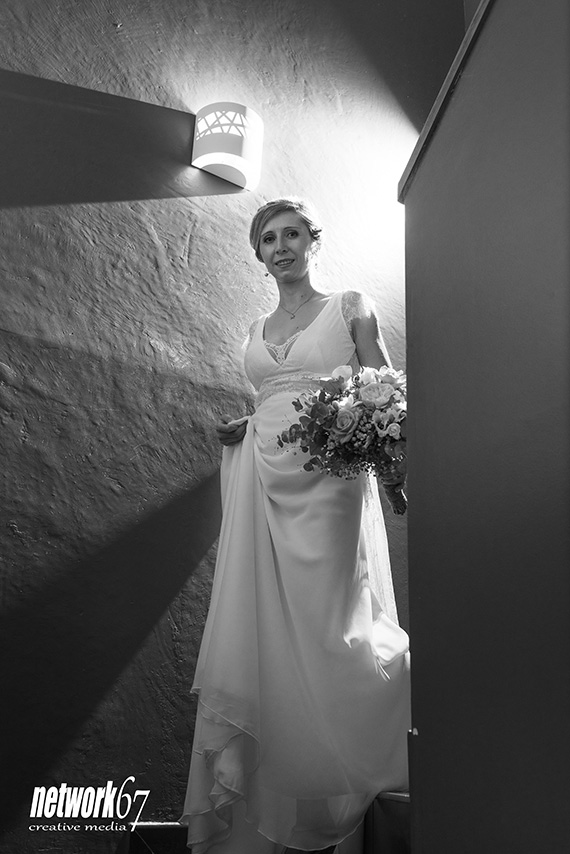
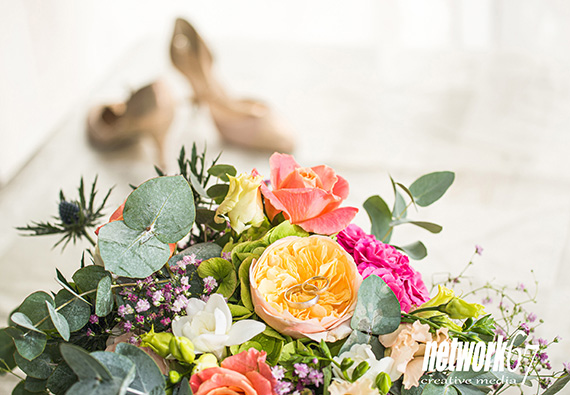
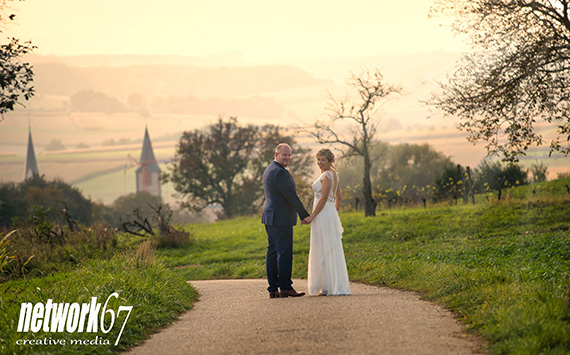
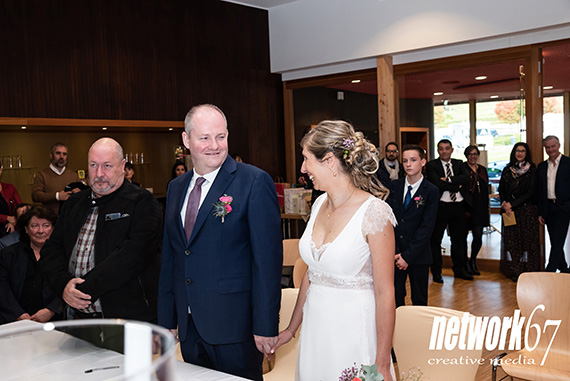
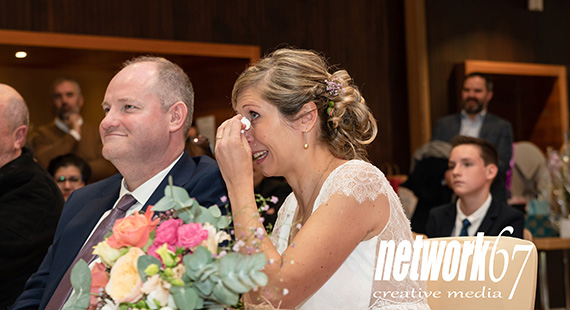
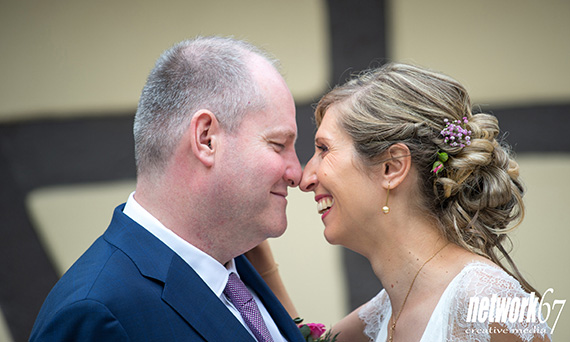






Leave a Reply